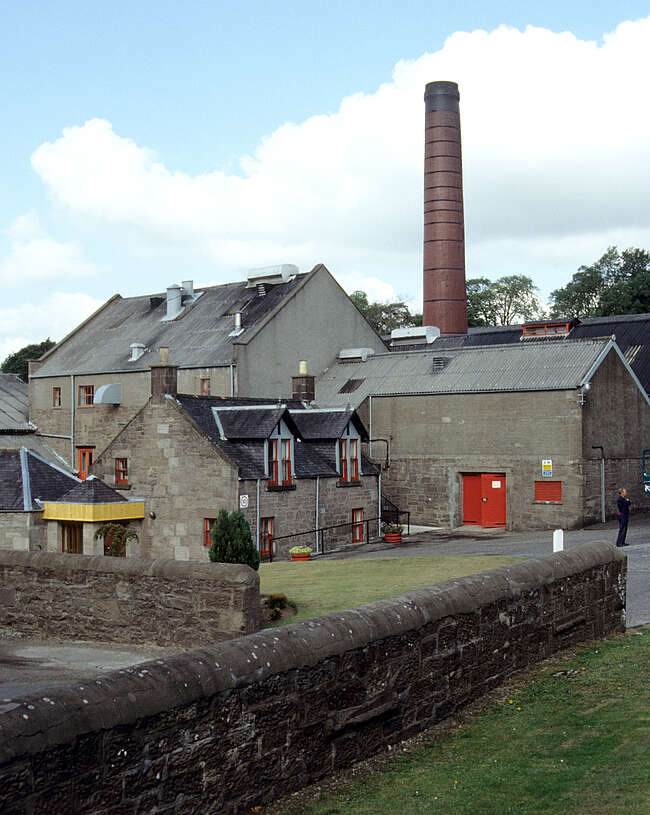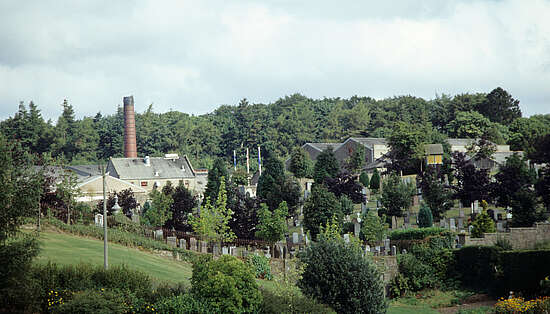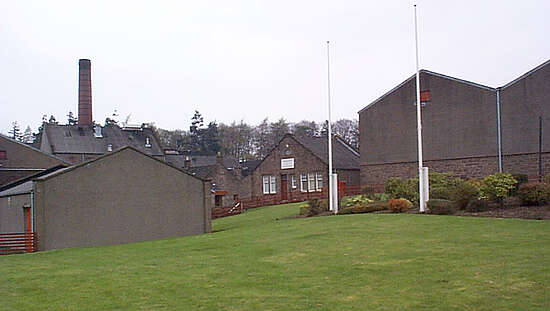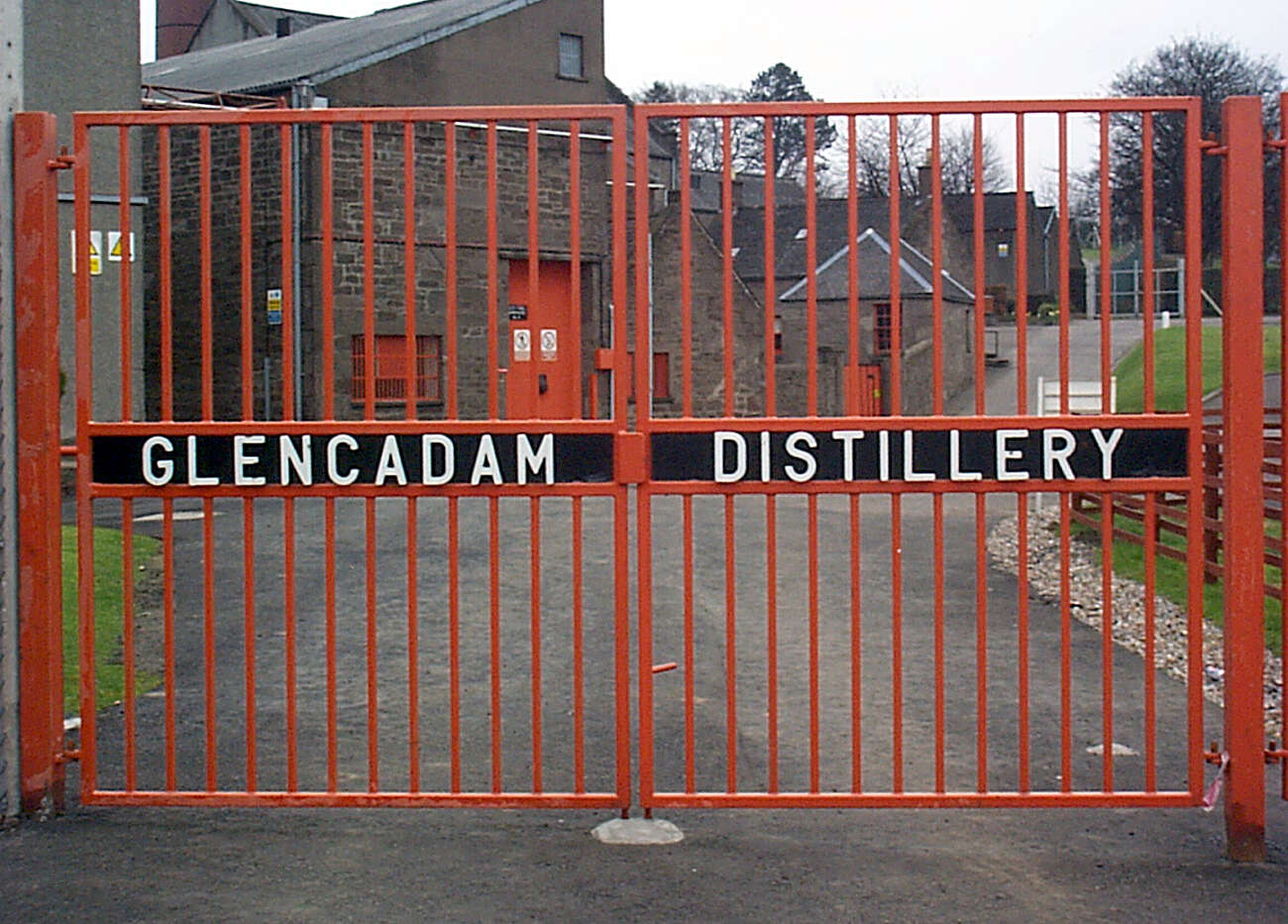
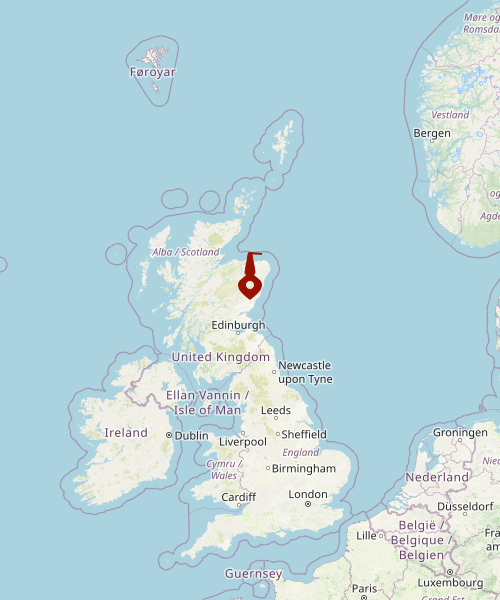
Glencadam
Glencadam is the only active distillery in the town of Angus. The Barry Burn, which runs off of The Moorans Mountains, provides the water used in the production of Glencandam. Read more about it below.
Details about the Distillery
The Whisky
The Eastern Highlands distillery of Glencadam has a range of official bottlings. Their current selection includes a 10 year old, a 12 year old, 14 year old, 15 year old and 21 year old. More recently, the distillery added a 25 year and a 30 year old to the range, but these are produced in very limited numbers. The 12 year old is finished in a port wood cask, while the 14 year old is aged in an Oloroso Sherry cask. There have been independent bottlings of older casks dating from the early to mid nineties. Gordon & MacPhail and Douglas Laing have performed the majority of these. Glencadam was also a major component in the Stewart’s “Cream of the Barley” Blend, and remains a part of the Ballantine’s blends.
The Production
Today, Glencadam is the only active distillery in the town of Angus. The Barry Burn, which runs off of The Moorans Mountains, provides the water used in the production of Glencandam. The water has been celebrated for being particularly soft, causing the Whisky to have a creamy taste. The distillery has a relatively small production capacity of 1.4 million liters. The site also houses a filling & bottling plant, where the official bottlings are performed.
The Pot Stills
Glencadam has only one wash still and one spirit still, both with a capacity of 14’000 liters. Both the wash and the spirit still are pear shaped, with wide spherical lids and gradually narrowing necks.
Maltings
Glencadam sources its maltings from a nearby industrial site. The maltings used are not peated.
The History
Glencadam distillery experienced a series of enormous changes during the nineteenth century. Although there is some skepticism about when the distillery was established, it is largely accepted that the official founding year was 1825. Its founder was George Cooper, although in 1827, two years after production started, the management of the site was taken over by David Scott. In 1837, Scott sold the distillery. Buyers did not immediately present themselves, and so the distillery lay silent until 1852, when Alexander Miln Thompson became the owner. In 1857, the Glencadam Distillery Company was formed, and then in 1891 Gilmour, Thompson & Company took over the distillery and the company, which would be the last change in ownership in over half a century.
In comparison to the nineteenth century, the twentieth was relatively quiet when it comes to changes of management. In 1954, Hiram Walker & Sons, who launched a major refurbishment and modernization at the site, acquired Glencadam. They upgraded the site and added two brand new stills in 1959. In 1987, Allied Lyons, who subsequently took control of the distillery, bought Hiram Walker & Sons. This marked the beginning of Glencadam’s use in Stewart and Ballantine’s blends. In 1994, Allied Lyons became Allied Domecq, and then in 2000, the distillery was mothballed due to overproduction. After laying silent for three years, Allied Domecq sold the distillery to Angus Dundee Distllers. The new owners began to release a 15-year-old Single Malt, and then in 2008, the brand underwent a re-design and re-release, with the intention of making Glendcadam a more visible brand.
Visitor’s Centre
There is no visitor’s centre at the site, but it is possible to make appointments to have a private tour.
